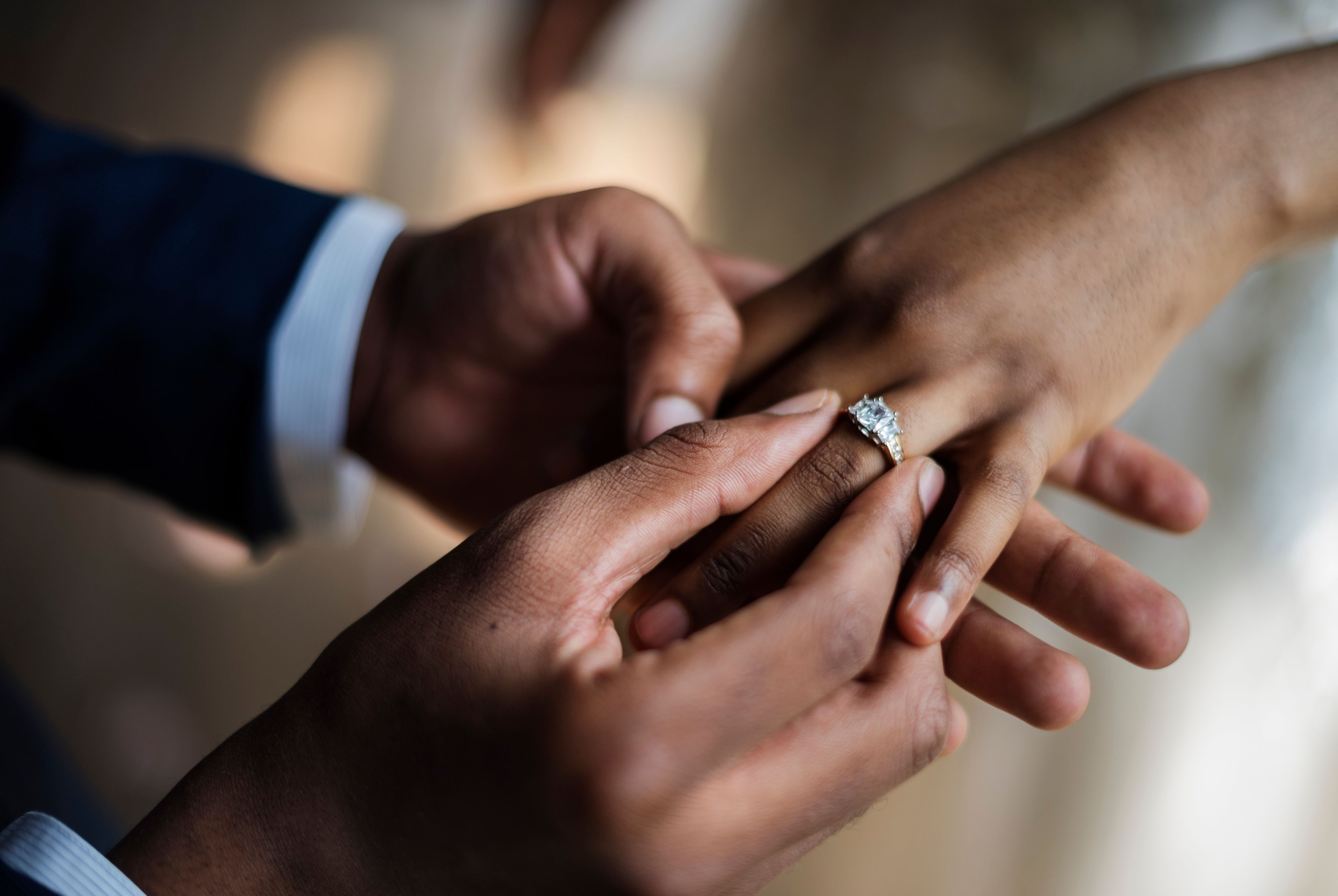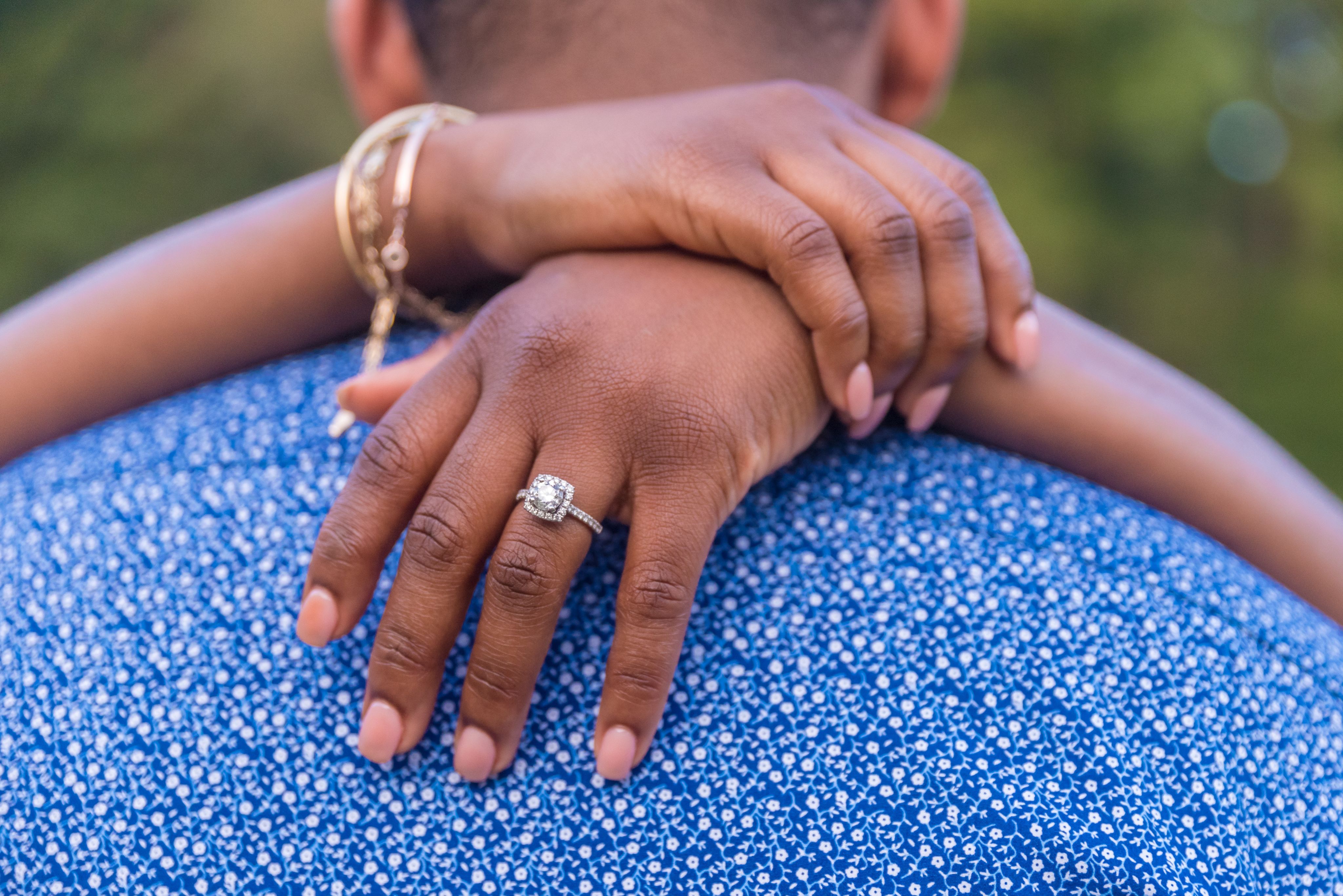From the stone to the metal – plus a bonus tip for measuring a finger in secret…

An engagement ring is more than just a piece of jewellery—it’s a symbol of love, commitment, and the beginning of a new chapter in your life. Choosing the perfect ring can feel overwhelming, but with the right knowledge, you’ll find something that not only matches your partner’s style but also fits your budget.

At Cash Converters, you’ll find a range of styles, metals, stones and prices to suit your unique needs. Every piece of jewellery goes through the Jewellery Processing Centre at the Cash Converters head office, where it is cleaned and assessed before it becomes available to buy. Your biggest problem will be making a choice! Luckily, we have these handy tips to help you navigate the process.
Pick the right metal
The band of the engagement ring is just as important as the diamond itself. The most common metals are gold, platinum, and white gold. Platinum is durable and hypoallergenic, making it a great choice for people with sensitive skin. White gold has a similar appearance but is more affordable. Yellow gold offers a classic, timeless look, while rose gold is a romantic, trendy option that has gained popularity in recent years.
‘Steal’ one of your partner’s rings
For those who like to keep things a surprise, making one of your fiancé-to-be’s rings temporarily ‘disappear’ might help make things easier. Use it for the correct measurement of the ring, and consider how often the ring is worn and what style it is to gain insight into your partner’s style. Once you’re done, it can miraculously reappear in their jewellery case…
Start with the 4 Cs
The 4 Cs—cut, clarity, colour, and carat—are the key factors that determine the quality and value of a diamond. Understanding these basics will help you make an informed decision:
- Cut: This refers to how well the diamond is shaped and faceted to reflect light. A well-cut diamond sparkles brilliantly and is generally the most important factor to consider.
- Clarity: This measures the number of imperfections or inclusions in the diamond. The clearer the stone, the higher its value.
- Colour: Diamonds range from colourless (the most valuable) to shades of yellow. Colourless diamonds allow more light to pass through, giving them a better sparkle.
- Carat: Carat refers to the weight of the diamond. While larger diamonds tend to be more expensive, you can balance size with the other Cs to find something that fits your budget.
Consider the setting
The setting holds the diamond in place and affects the overall appearance of the ring. The most popular settings include:
- Solitaire: A single diamond on a plain band, showcasing the stone’s beauty.
- Halo: A central diamond surrounded by smaller diamonds, adding extra sparkle.
- Pavé: Small diamonds set along the band for a glittering effect.
Know your partner’s style
Finally, the ring should reflect your partner’s personal taste. Take note of the jewellery they already wear. Do they prefer minimalist designs or more intricate pieces? Do they wear more gold or silver? You could also ask a close friend or family member for guidance if you’re unsure. Choosing the perfect engagement ring is a thoughtful and exciting process. By understanding the 4 Cs, selecting the right metal and setting, and keeping your partner’s style in mind, you’ll find a ring that represents your love and commitment beautifully.


